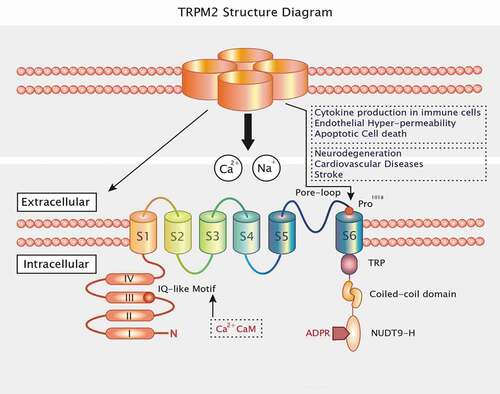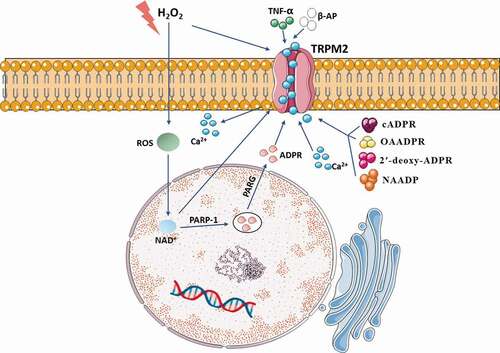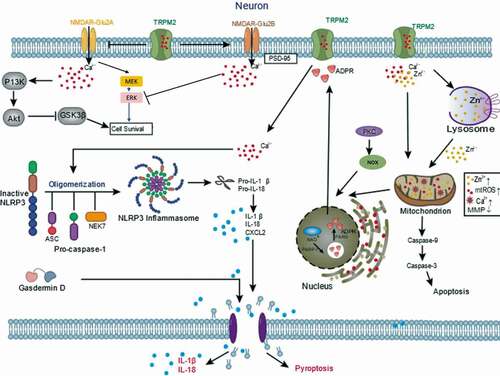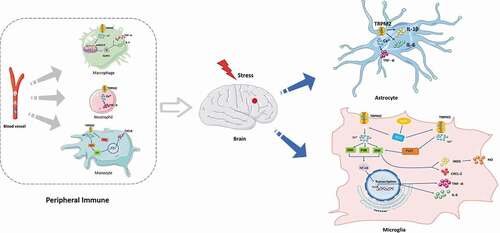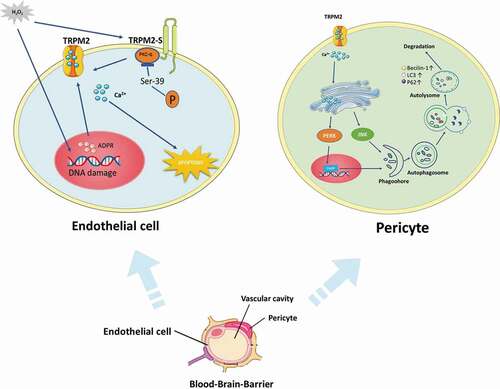Figures & data
Table 1. Chemical synthesis compounds with TRPM2 inhibitory effects
Table 2. Literature review of various plants/herbs and marketed drugs showing TRPM2 inhibition effects
